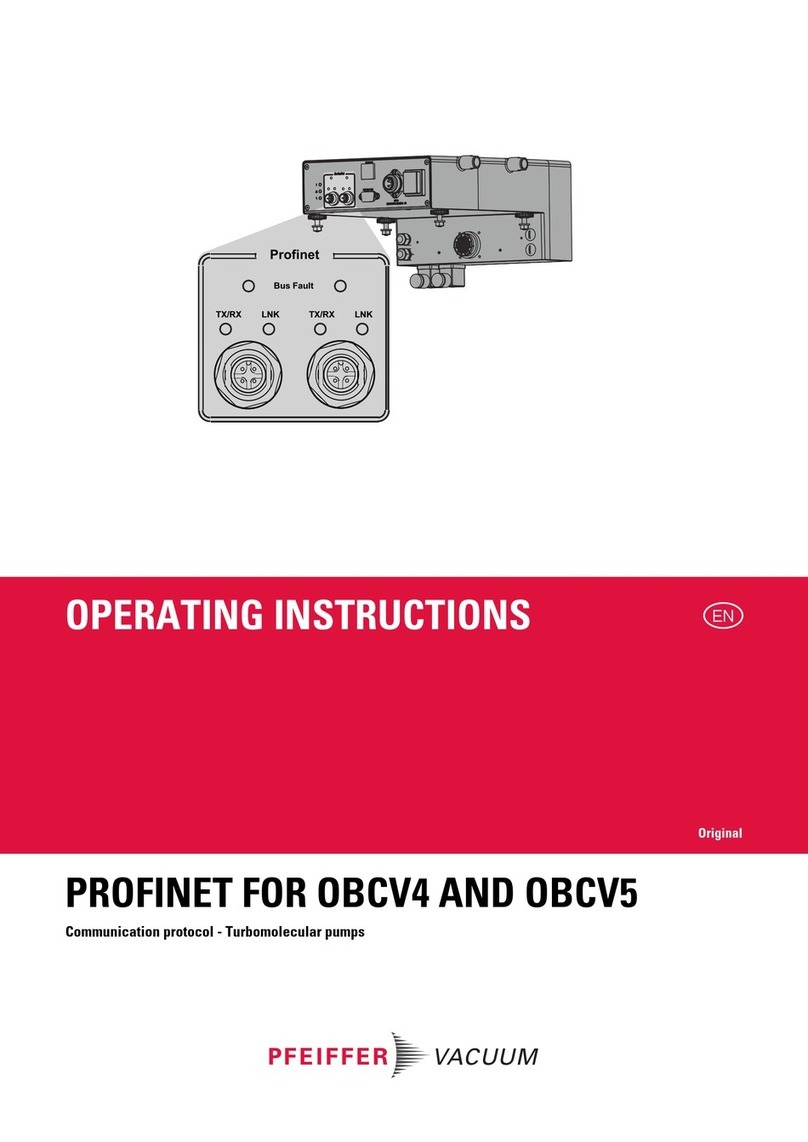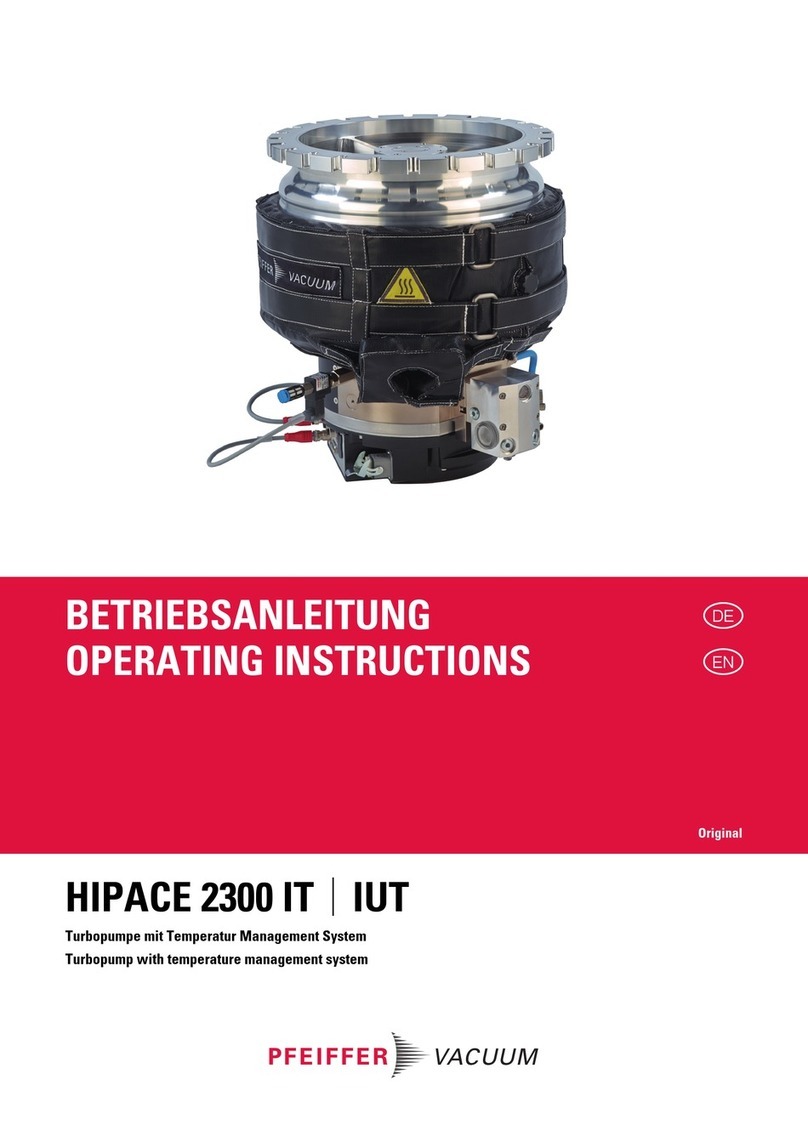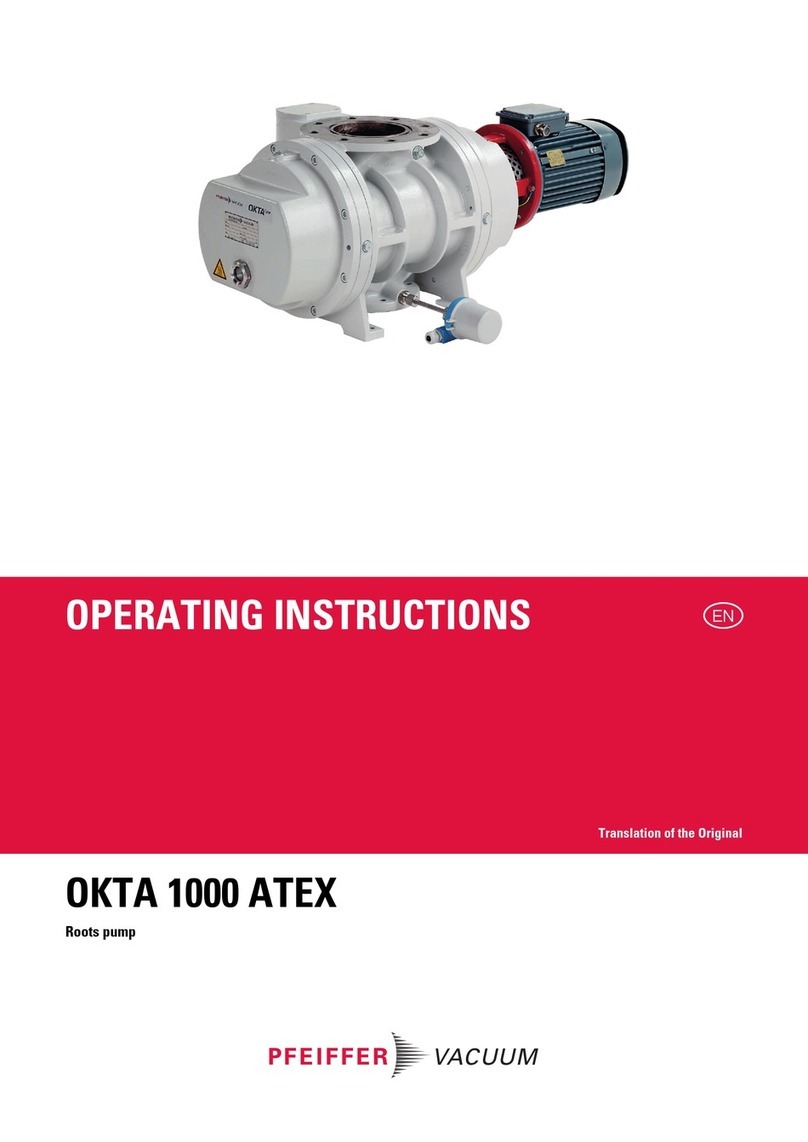Pfeiffer Vacuum HILOBE 1004 User manual
Other Pfeiffer Vacuum Water Pump manuals

Pfeiffer Vacuum
Pfeiffer Vacuum HiPace 800 P User manual

Pfeiffer Vacuum
Pfeiffer Vacuum HEPTA 200 P User manual

Pfeiffer Vacuum
Pfeiffer Vacuum UNO 120 A User manual
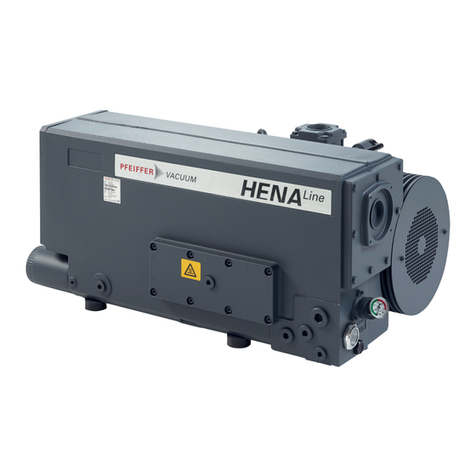
Pfeiffer Vacuum
Pfeiffer Vacuum HENA 201 R User manual
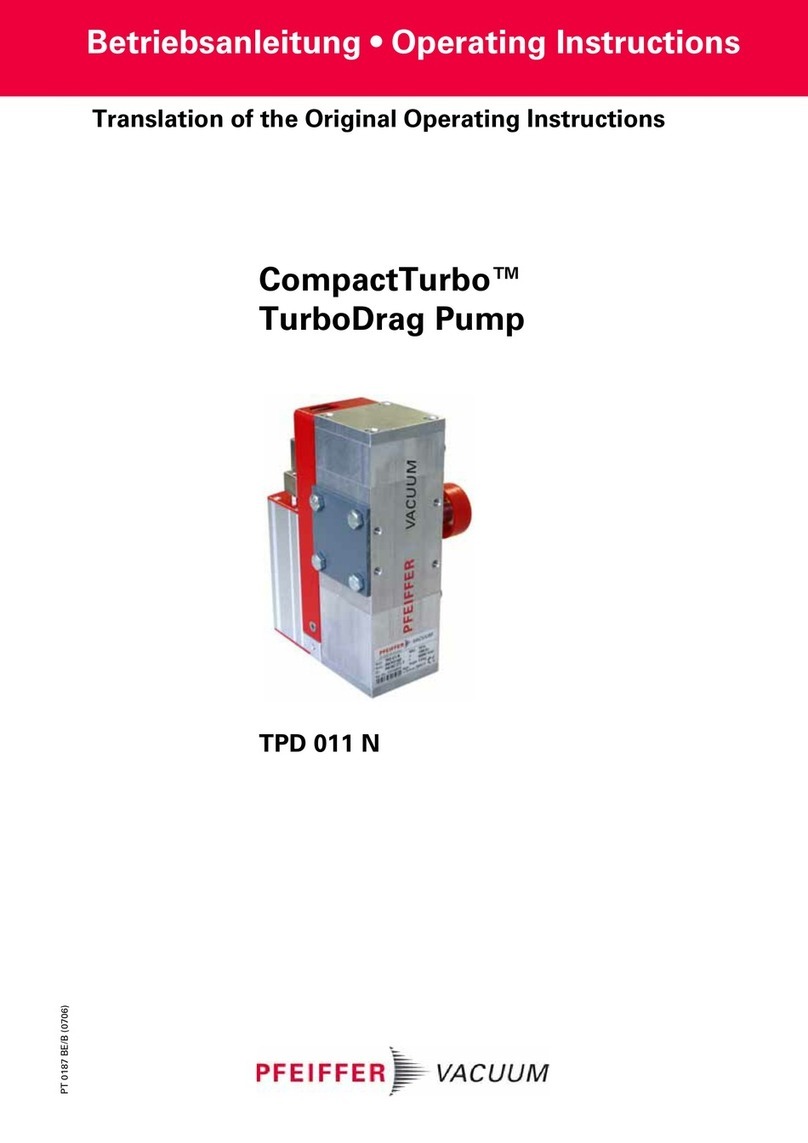
Pfeiffer Vacuum
Pfeiffer Vacuum CompactTurbo TPD 011 N User manual
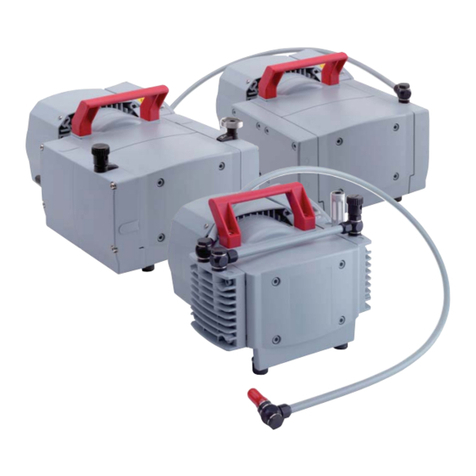
Pfeiffer Vacuum
Pfeiffer Vacuum MVP 040-2 User manual
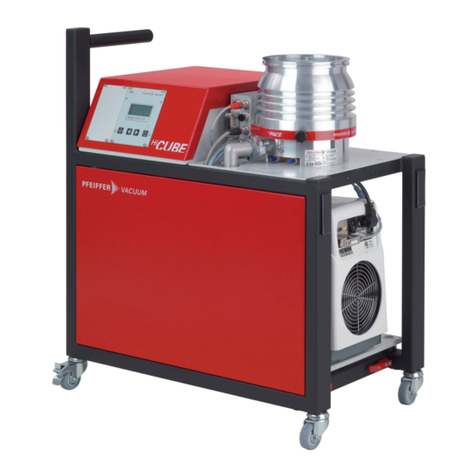
Pfeiffer Vacuum
Pfeiffer Vacuum HICUBE PRO Series User manual
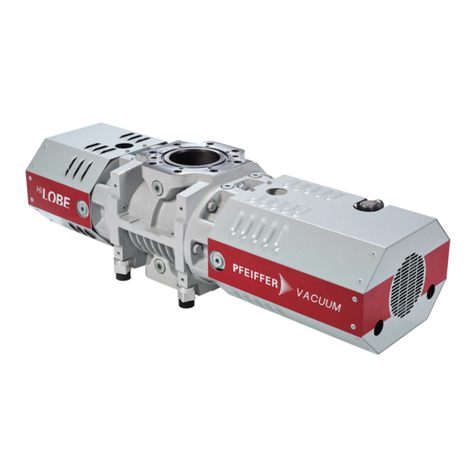
Pfeiffer Vacuum
Pfeiffer Vacuum HILOBE 1004 User manual

Pfeiffer Vacuum
Pfeiffer Vacuum OKTA 500 User manual

Pfeiffer Vacuum
Pfeiffer Vacuum adixen DRYTEL 1025 Series User manual
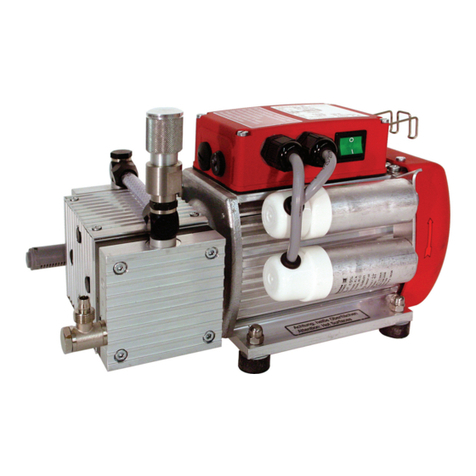
Pfeiffer Vacuum
Pfeiffer Vacuum MVP 015-2 User manual
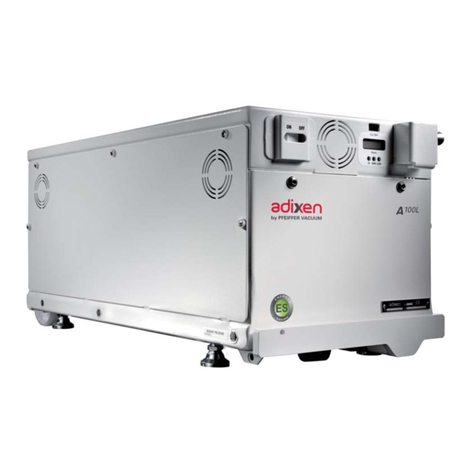
Pfeiffer Vacuum
Pfeiffer Vacuum Adixen A100L Series User manual

Pfeiffer Vacuum
Pfeiffer Vacuum OKTA 18000 User manual

Pfeiffer Vacuum
Pfeiffer Vacuum HENA 201 User manual

Pfeiffer Vacuum
Pfeiffer Vacuum HiPace 700 User manual
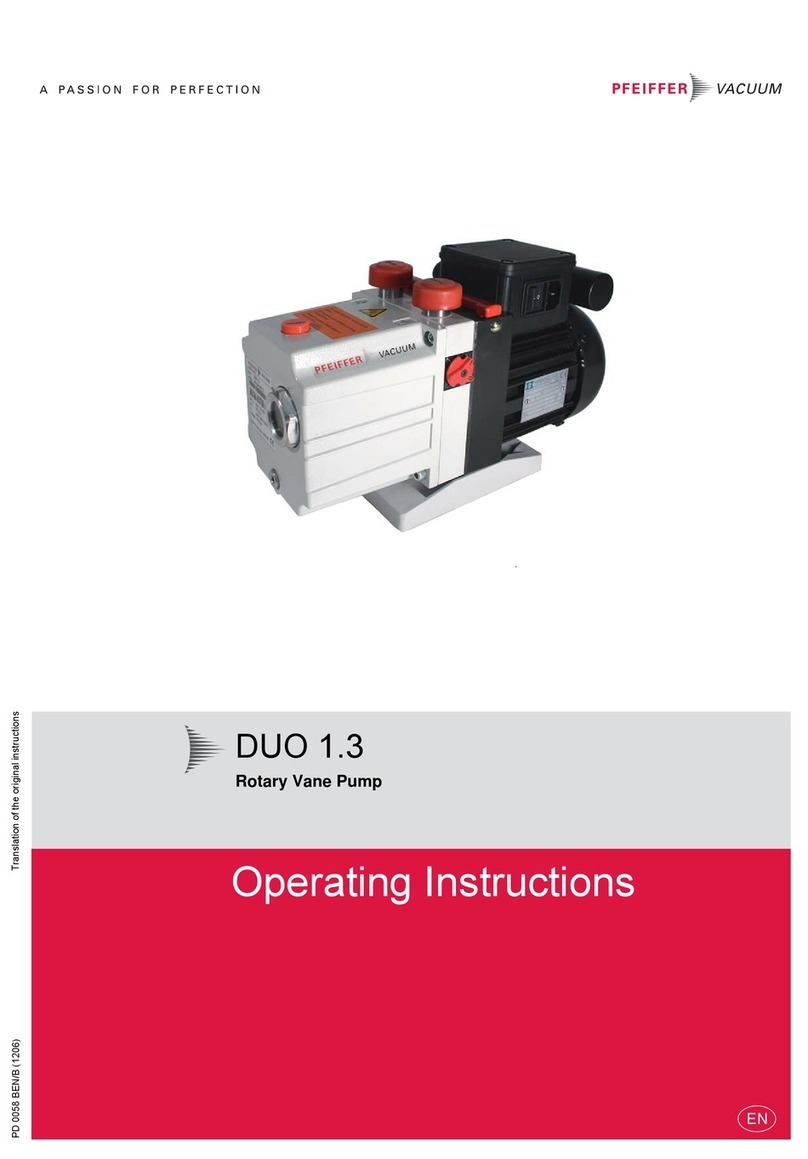
Pfeiffer Vacuum
Pfeiffer Vacuum DUO 1.3 User manual

Pfeiffer Vacuum
Pfeiffer Vacuum DUO 6 User manual
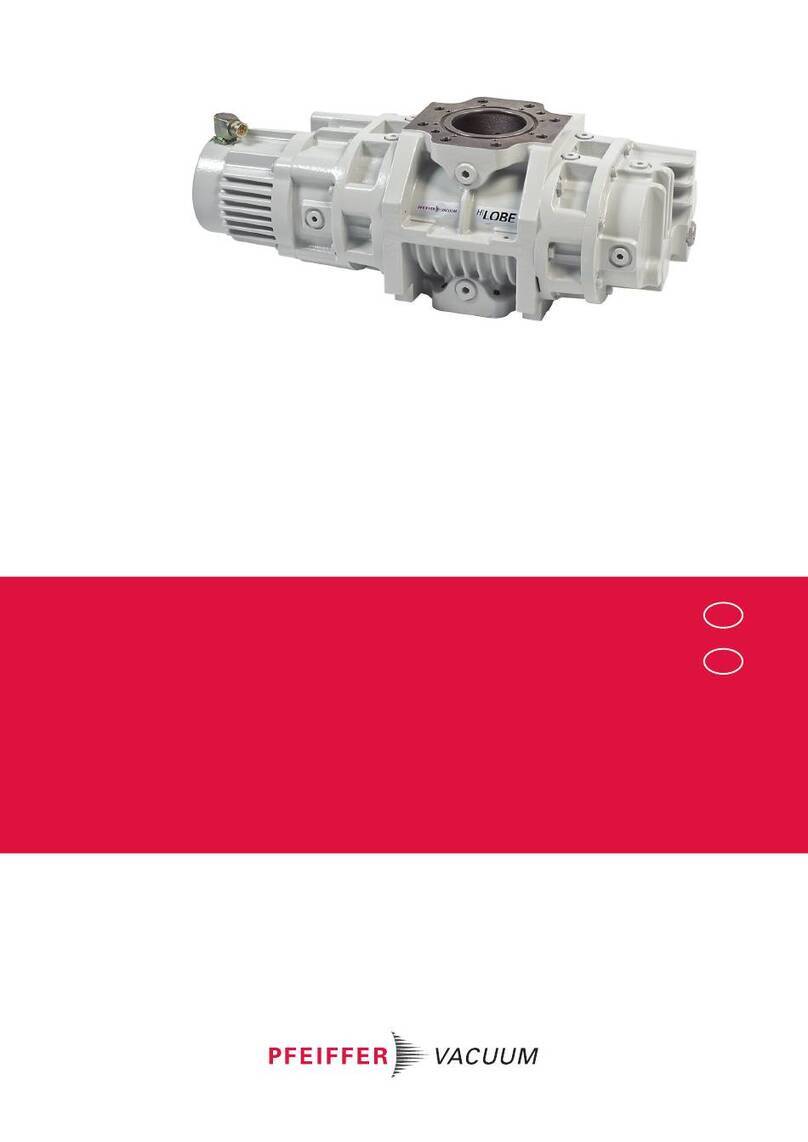
Pfeiffer Vacuum
Pfeiffer Vacuum HILOBE 1002 User manual

Pfeiffer Vacuum
Pfeiffer Vacuum HIPACE 300 H User manual
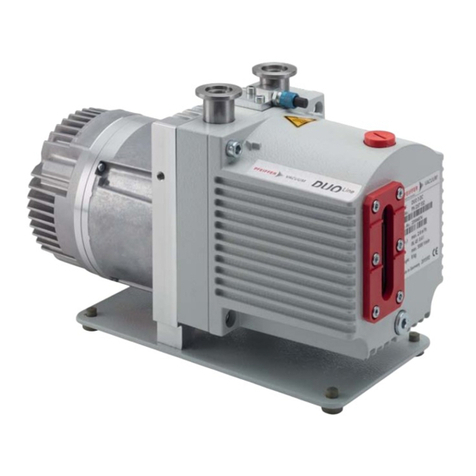
Pfeiffer Vacuum
Pfeiffer Vacuum DUO 3 DC User manual
Popular Water Pump manuals by other brands

Watershed Innovations
Watershed Innovations HYDRAPUMP SMART FLEX Instructional manual

Graco
Graco Modu-Flo AL-5M instructions

Messner
Messner MultiSystem MPF 3000 operating instructions

Xylem
Xylem Bell & Gossett WEHT0311M Installation, operation and maintenance instructions

WilTec
WilTec 50739 Operation manual

Franklin Electric
Franklin Electric Little Giant 555702 HRK-360S instruction sheet

Ingersoll-Rand
Ingersoll-Rand PD02P Series Operator's manual

VS
VS ZJ Series Operating instruction

Flotec
Flotec FPZS50RP owner's manual

SKF
SKF Lincoln FlowMaster II User and maintenance instructions

Xylem
Xylem Lowara LSB Series Installation, operation and maintenance instructions

Water
Water Duro Pumps DCJ500 Operating & installation instructions

Action
Action P490 Operating instructions & parts manual

Flo King
Flo King Permacore Reusable Carbon Bag Disassembly. & Cleaning Instructions

ARO
ARO ARO PD15P-X Operator's manual

Pumptec
Pumptec 112V Series Operating instructions and parts manual

Virax
Virax 262070 user manual

Neptun
Neptun NPHW 5500 operating instructions
